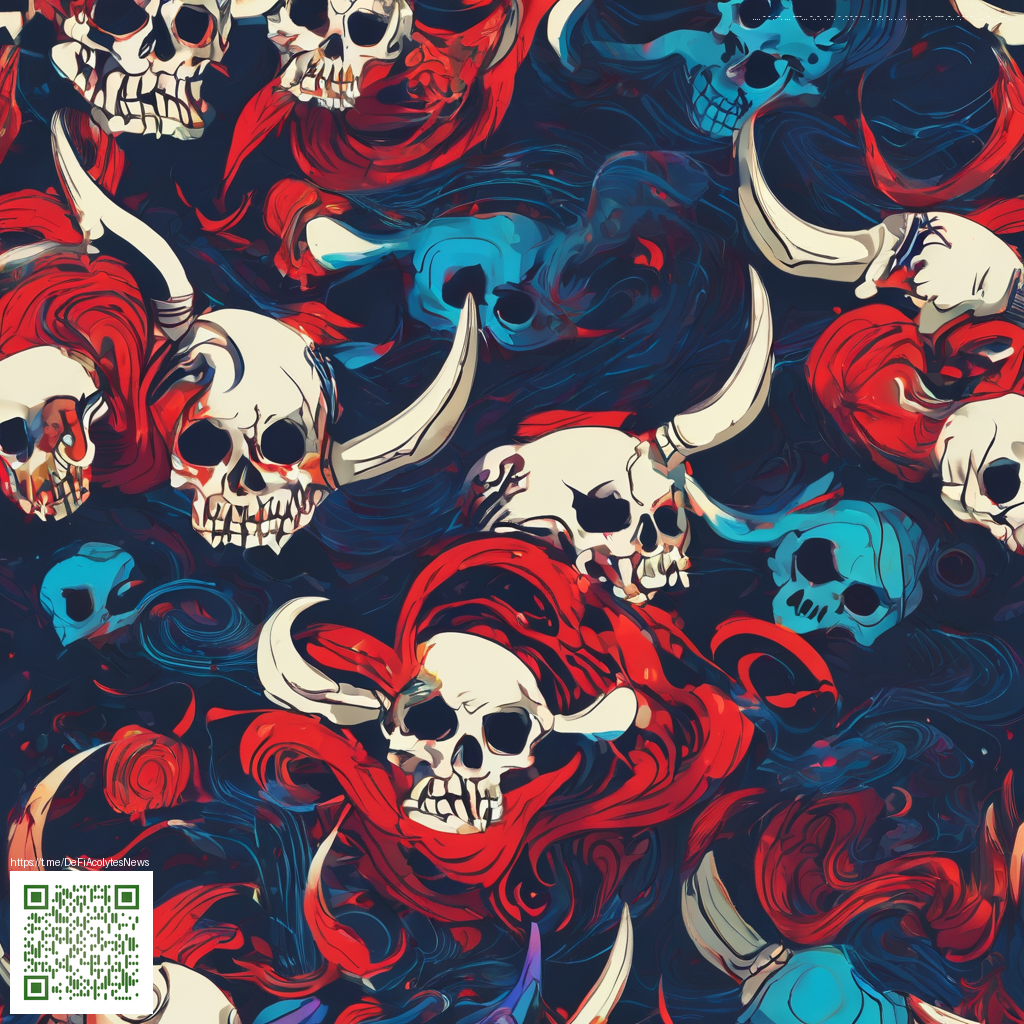Open World vs Linear Survival: Design Tradeoffs Explored
Designing a survival game often comes down to one core question: how much agency should players have over the world they inhabit? In open world designs, players roam freely, shaping their own journeys through exploration, faction interactions, and emergent systems. In linear survival games, designers craft a tightly choreographed arc—progression, scarcity, and moments of high tension are engineered to land with precision. Both approaches offer compelling experiences, but each carries distinct tradeoffs that affect pacing, player engagement, and long-term retention.
“Pacing is the heartbeat of a survival game. When you give players freedom, you must also guide them with purpose.”
Core Differences in Player Experience
- Open world: Emphasizes exploration, environmental storytelling, and player-driven discovery. Players decide where to go, when to fight, and which side quests to pursue. The upside is vast re-playability; the downside can be a sense of aimlessness or fatigue if currencies, resources, or goals aren’t clearly signposted.
- Linear survival: Centers on a crafted sequence of challenges that escalate tension and reinforce a narrative arc. The strength here is a lucid progression curve and memorable set-pieces; the risk is potentially reduced player agency and a reliance on scripting to sustain interest.
In practice, many designers blend these modes, creating zones or hubs of exploration that feed into a persistent arc. The result can feel like a guided journey with room to roam—retaining the thrill of discovery while preserving a clear throughline. This hybrid approach often yields the most robust player retention, since it balances novelty with momentum.
Tradeoffs in Systems Design
Two levers most affect the design outcome: world density and progression gating.
- World density: Open worlds reward density of meaning per square unit—interesting encounters, diverse biomes, and dynamic events. If density is too low, players may wander without reward; too high, and the experience becomes overwhelming or crowded. Linear designs mitigate this by funneling attention but risk monotony if the pacing isn’t carefully tuned.
- Progression gating: In open worlds, gates can be subtle—upgrades, map unlocks, or reputation systems that encourage exploration. In linear play, gates are explicit—level thresholds, mission orders, or hazard barriers that push players toward the next act. The challenge is ensuring gates feel cohesive rather than arbitrary.
From a development perspective, testing these systems requires different tooling and telemetry. Open world titles benefit from telemetry that tracks time in zone, route choices, and engagement with side activities. Linear experiences thrive on metrics for pace, burn rates (resource consumption), and moment-to-moment decision quality. The synthesis of both data streams informs tuning decisions, balancing freedom with focus.
Design Patterns That Work Across Both Modalities
- Dynamic incentives: Reward exploration with meaningful loot, lore, or unique encounters that tie back to core survival loops.
- Clear but flexible progression: Offer upgrades or abilities that feel impactful, but avoid making them feel necessary for basic survival in every area.
- Habitable spaces and hubs: Create safe areas or hubs that act as anchors where players can regroup, plan, and upgrade—reducing fatigue during long sessions.
- Narrative through systems: Let environmental storytelling and AI-driven events reveal backstory and stakes without forcing cutscenes.
For teams prototyping on the go, consider the practical realities of long sessions and device handling. A reliable setup can matter as much as the design itself. For example, during playtesting in mobile contexts, hardware accessories can influence comfort and endurance—an accessible reference is the iPhone 16 Phone Case Slim Lexan Glossy Finish, which you can explore here. It’s a reminder that ergonomic considerations and durability can shape how players experience long survival runs in various contexts. iPhone 16 Phone Case Slim Lexan Glossy Finish.
Practical Guidelines for Designers
- Define a flexible intent: Start with a clear goal for the player’s journey, but allow multiple routes to reach it. This preserves player agency while maintaining narrative cohesion.
- Layer your goals: Combine short-term survival tasks with long-term objectives. Ensure that chasing immediate needs also nudges players toward larger aims.
- Scale the world thoughtfully: In open sections, ensure there is always a reason to explore—invent hidden caches, rare resources, or lore shards that reward curiosity.
- Guardrails without friction: Use periodic signposts, optional missions, and ambient feedback to prevent aimlessness without breaking immersion.
- Iterate with telemetry: Track where players spend time, where they stall, and which zones deliver the strongest sense of progression. Let data drive balance decisions rather than assumptions.
Ultimately, the best survival experiences blend freedom with focus. Open world frameworks provide expansive canvases, while linear segments ensure rhythm and impact. Designers who master the ebb and flow between these modes can craft experiences that remain engaging over dozens, even hundreds, of hours.
